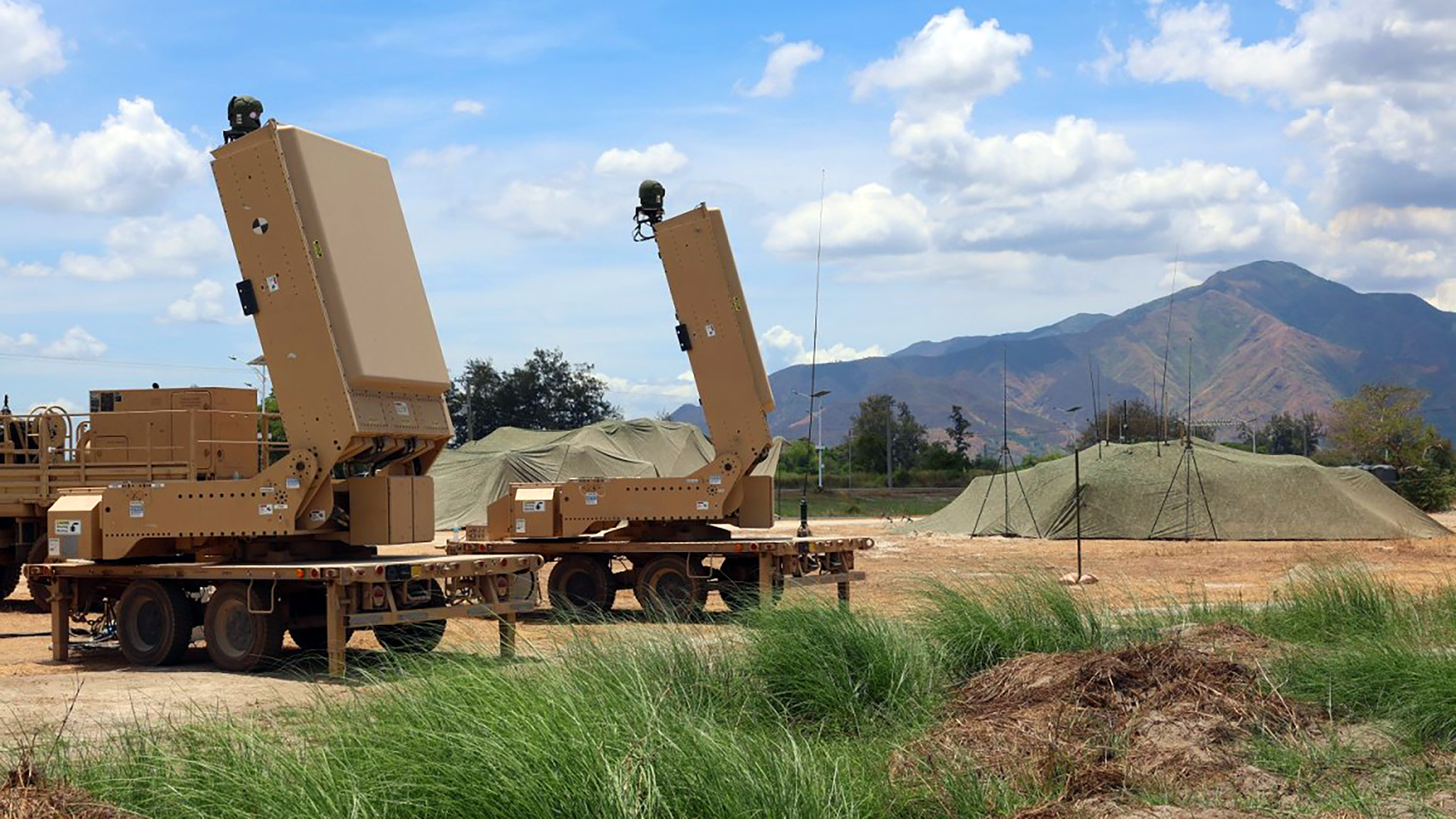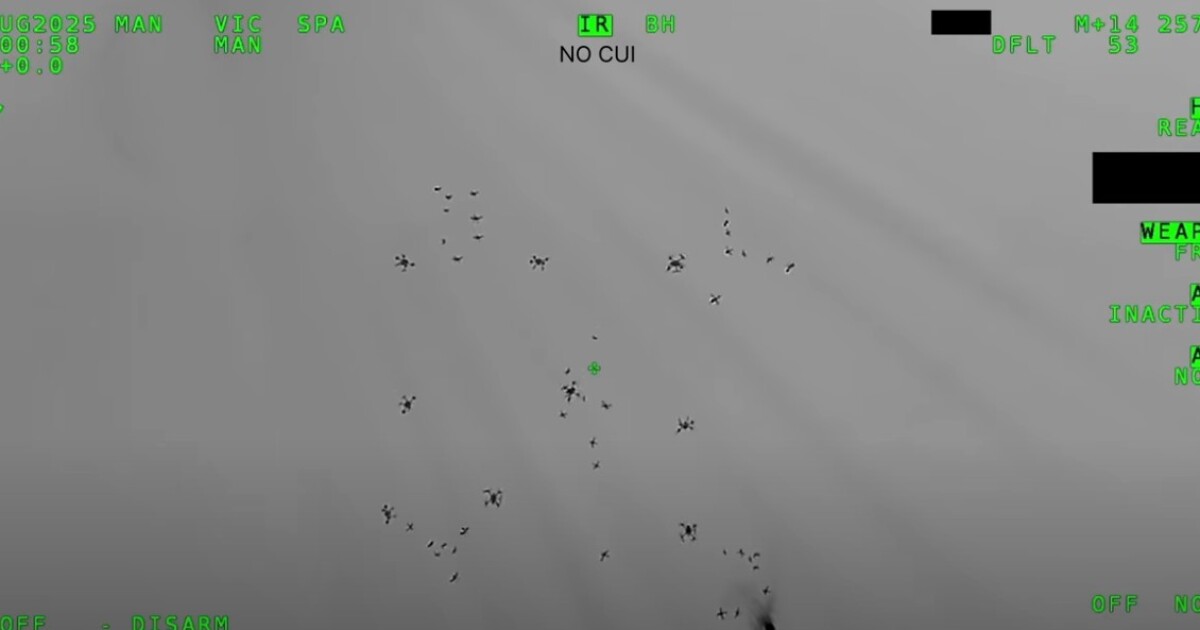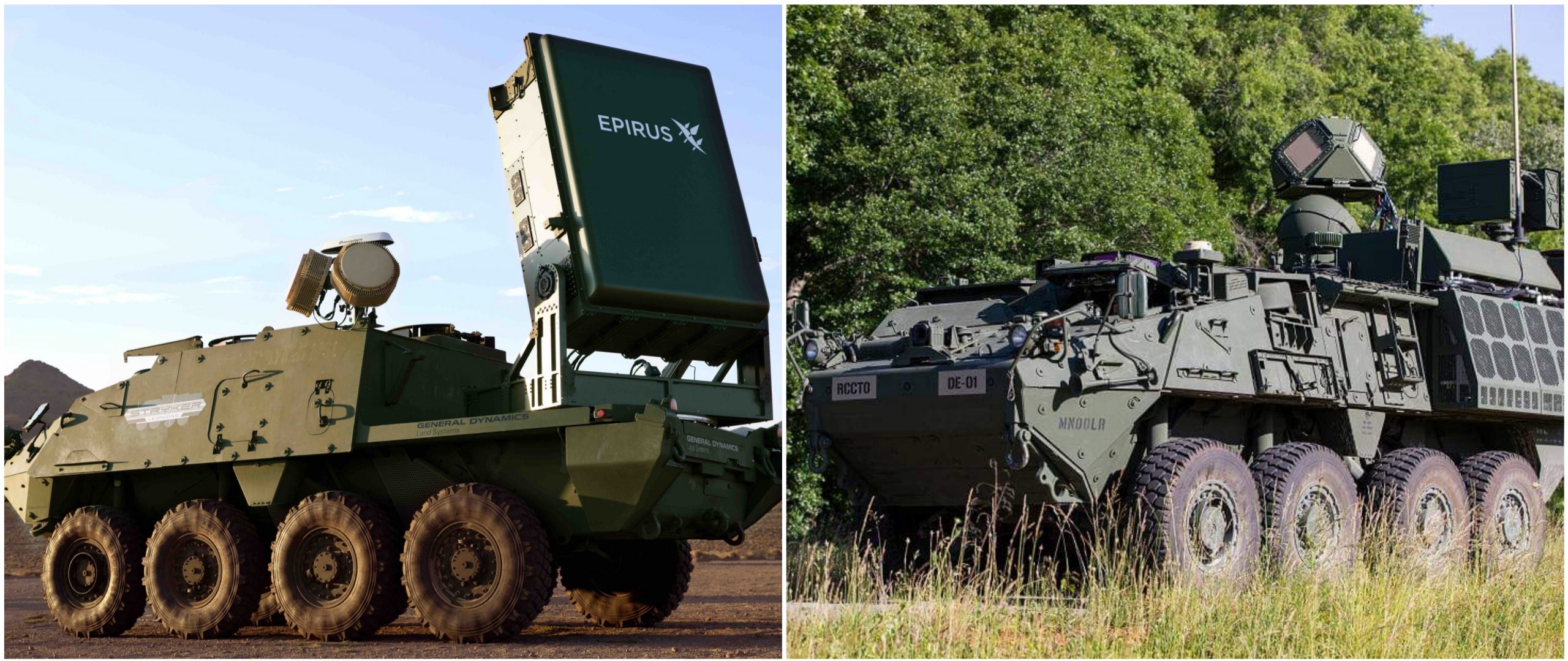US Army Puts $43M Bet On Next Gen Leonidas High Power Microwave Counter Drone Tech...
Epirus’ CEO says successful tests of the company’s Gen II system capable of rapidly taking down swarms of drones could lead to an official program of record.
Along with illustrating how Epirus’ HPM concept works, Lowery made what should be considered a noteworthy claim:
“We found that electromagnetic interference can be smart … It can figure out pathways into hardened areas if you get the carrier frequency pulses right. If everything is dialed in right, you can even penetrate what you might think to be a hardened, non-susceptible drone.”
The ability to disrupt and down even electromagnetically shielded drones (or ground robots, uncrewed surface vessels, etc.) would present U.S. adversaries with a steep challenge if IFPC-HPM-type systems proliferate.

In simple terms, the system consists of a phased-array antenna, supporting computer processing equipment, command-control links, a user interface, a trailer, and a transmitter. The heart of the transmitter consists of Line Replaceable Amplifier Modules (LRAMs), rectangular boxes which can scale in number to meet size, weight, and power requirements or desired range output.
The IFPC-HPM has about 150 LRAMs. Lowery explains that most of the system’s high-value electronics are in the LRAMs. Upgrades would be sent primarily to these modules as well. As a rule of thumb, the system’s size and range scale linearly with the number of LRAMs. For example, a 10 LRAM system would have 10 times less range than a 100-element system.
The IFPC-HPM GEN I is a close-range system used as a last line of defense. The GEN II version of the system increases the range to over double that of the first generation system. Expanding on the theme, Lowery gave an intriguing example when discussing the scalability and range.
If increased range were desired, Epirus could make a “25 LRAM by 25 LRAM” system, which would total 625 elements. Such a system, he said, would give roughly three times the range of the Gen II system. Lowery quickly added that “this is all theoretical” and that Epirus is not selling any 625-element systems today.


 www.twz.com
www.twz.com
Epirus’ CEO says successful tests of the company’s Gen II system capable of rapidly taking down swarms of drones could lead to an official program of record.
Along with illustrating how Epirus’ HPM concept works, Lowery made what should be considered a noteworthy claim:
“We found that electromagnetic interference can be smart … It can figure out pathways into hardened areas if you get the carrier frequency pulses right. If everything is dialed in right, you can even penetrate what you might think to be a hardened, non-susceptible drone.”
The ability to disrupt and down even electromagnetically shielded drones (or ground robots, uncrewed surface vessels, etc.) would present U.S. adversaries with a steep challenge if IFPC-HPM-type systems proliferate.

In simple terms, the system consists of a phased-array antenna, supporting computer processing equipment, command-control links, a user interface, a trailer, and a transmitter. The heart of the transmitter consists of Line Replaceable Amplifier Modules (LRAMs), rectangular boxes which can scale in number to meet size, weight, and power requirements or desired range output.
The IFPC-HPM has about 150 LRAMs. Lowery explains that most of the system’s high-value electronics are in the LRAMs. Upgrades would be sent primarily to these modules as well. As a rule of thumb, the system’s size and range scale linearly with the number of LRAMs. For example, a 10 LRAM system would have 10 times less range than a 100-element system.
The IFPC-HPM GEN I is a close-range system used as a last line of defense. The GEN II version of the system increases the range to over double that of the first generation system. Expanding on the theme, Lowery gave an intriguing example when discussing the scalability and range.
If increased range were desired, Epirus could make a “25 LRAM by 25 LRAM” system, which would total 625 elements. Such a system, he said, would give roughly three times the range of the Gen II system. Lowery quickly added that “this is all theoretical” and that Epirus is not selling any 625-element systems today.


Army Puts $43M Bet On Next Gen Leonidas High Power Microwave Counter Drone Tech
Epirus’ CEO says successful tests of the company’s Gen II system capable of rapidly taking down swarms of drones could lead to an official Program of Record.




